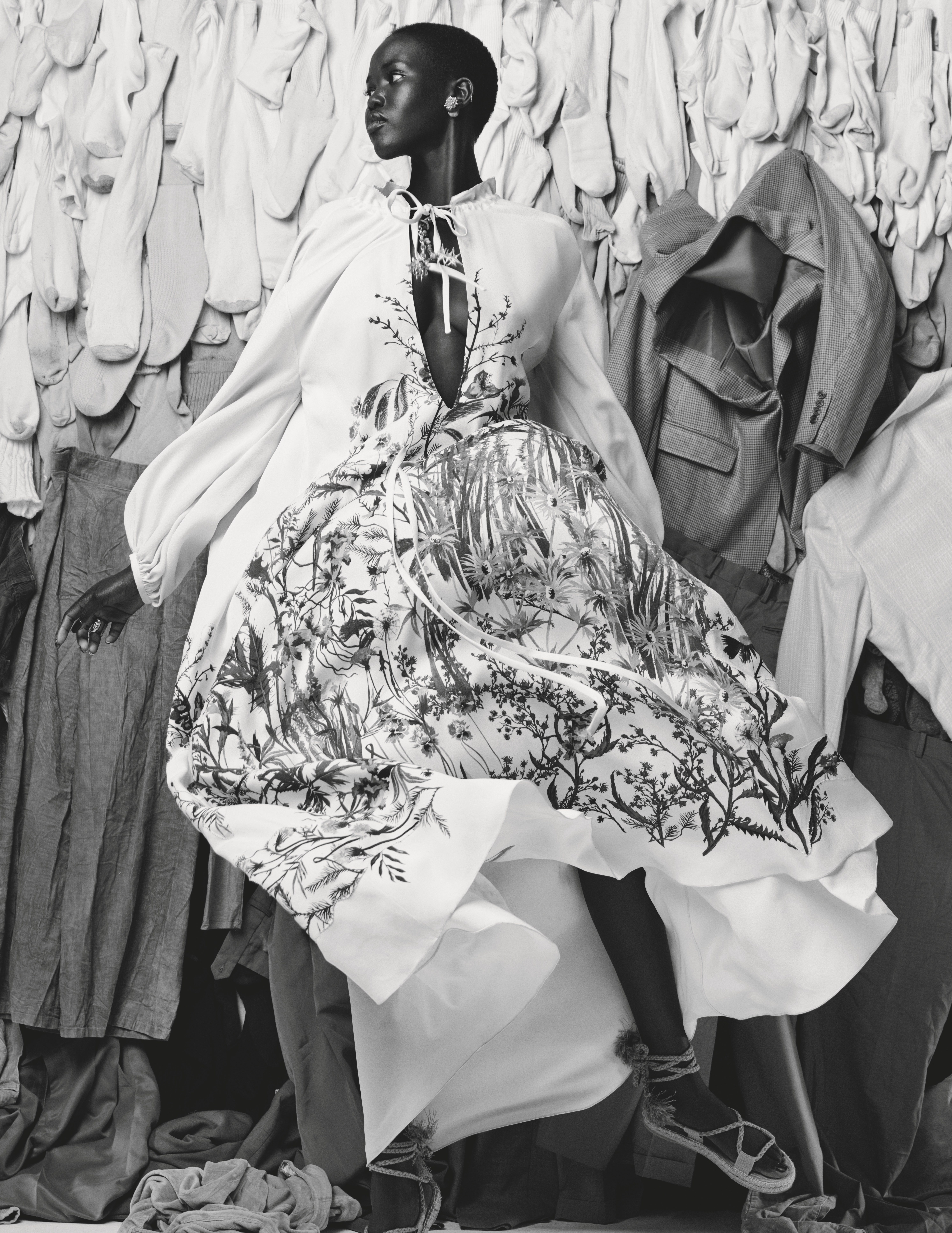For 23 years, my single mother loved me, her only daughter, with a relentless, all-consuming vigour. Her devotion wrapped itself around me like one of the vintage Hermès scarves she used to drape herself with: beautiful, yes, but sometimes knotted a little too tight. She was always exquisitely put together – hair coiffed, nails done – an appearance that belied the reality of our living situation.
At home, in our tiny New York apartment, designer clothes were draped everywhere, piles of magazines blocking any sunlight from coming in through the windows. Our house told a story of mounting debt, compulsive spending and a burgeoning mental health crisis to which I would ultimately lose my mum. Next year will mark 20 years since my mother’s death, an impossibly long period without her by my side, and, in many ways, at 42, my sense of grief has only grown more acute.

Still, my late 30s and early 40s have been a period of transformation. I’ve started exercising regularly; given up alcohol; practised contradicting the negative voices in my mind. I’ve been as reflective and meditative as possible while still being a good partner, a mother to four children, and a writer.
Except, even as my mind has become clearer, my house has remained, well, chaos – thanks, in no small part, to my mum’s possessions. After I lost my mother to suicide, I transferred her endless belongings to a storage unit in the Bronx – shipping them over to London when I moved here in the late Aughts. I couldn’t bear to watch box after box arriving at the home I shared with my then fiancé, now husband, so I turned to look at his reaction instead, his face crumpling as our wooden floors disappeared beneath a sea of cardboard.
I knew then that my past was threatening to swallow up my present and future, but how could I let go of the last fragments I had of my mum? Especially when those fragments were inarguably precious, both emotionally and sartorially? Some children inherit real estate; I inherited the world’s most fabulous dressing-up box: a marabou feather boa by Sonia Rykiel; a sculptural Claude Montana jacket; a silver Prada clutch from Y2K 1.0..
. Wearing my mother’s clothing brought her back to me; every accessory had talismanic properties. Or they used to.
Over the last few years, I’ve come to feel less like I owned my possessions, more that my possessions owned me. Yes, I’ve kept my mum’s things, but I’ve also manically purchased more and more of my own, then refused to discard them. Having lost my mother and never truly bonded with my father – a source of a lot of additional trauma and anxiety – I lived in fear of abandonment, and I transferred that fear onto the inanimate objects around me.
How could I toss them away so carelessly, just as I feared others would do to me? A cursory Google did nothing to assuage my worries that my own home might come to resemble the one that I grew up in, the one that embarrassed me so much: genetics, ADHD , and feelings of loss and deprivation are all linked to hoarding. And so I began to take baby steps to put my house in order, signing up for Vinted and Vestiaire. Realistically, I knew I could curate a selection of my mother’s clothes to keep rather than holding onto every last item (including those that were broken, stained, or in need of major repairs).
Equally, storing the pair of vintage Ferragamo flats my father once gave me wasn’t going to heal our broken relationship (or the excruciating blisters I got every time I wore them). When I accepted these truths, it felt like a neon “EVERYTHING MUST GO” sign began to flash inside my head. One by one, I dropped items of clothing I’d shipped over from London more than 15 years ago at the Post Office, destined for their new owners, and with each package I dispatched, I felt lighter, physically and emotionally.
It may have taken me years to get into the right headspace, but once I had, relinquishing these things felt easy, the experience free of the sadness, guilt and anger I had assumed it would involve. Instead, I found only relief, and, even more surprisingly, joy. My mother used to insist I hang onto everything “just in case”, but I’m not sure that advice is helpful for me anymore, if it ever was.
Apart from anything else, I can’t expect my kids to make sense of my childhood baggage. And I know that they will still be able to get to know my mother’s Technicolour personality through the items I’ve chosen to keep: a royal-blue Viktor & Rolf dress with a dramatic pointed collar, rhinestone grommets and leather tassel details, the epitome of her “more is more” approach to dressing; the Louis Vuitton X Stephen Sprouse oversized wallet she used daily (she loved a designer collab); the Hermès Collier de Chien belt I’ve taken to wearing over dresses and denim; the nylon Prada keyring-wallet my teenage daughter now uses. And since saving stuff isn’t always about keeping what’s most practical, the Sonia Rykiel boa too.
Of course I want to pass on everything my mother taught me to my children, along with her style, her glamour, her magnetism, but I also want to pass on something else: the knowledge that they are enough, just as they are, with or without mountains of stuff. And so am I..



















